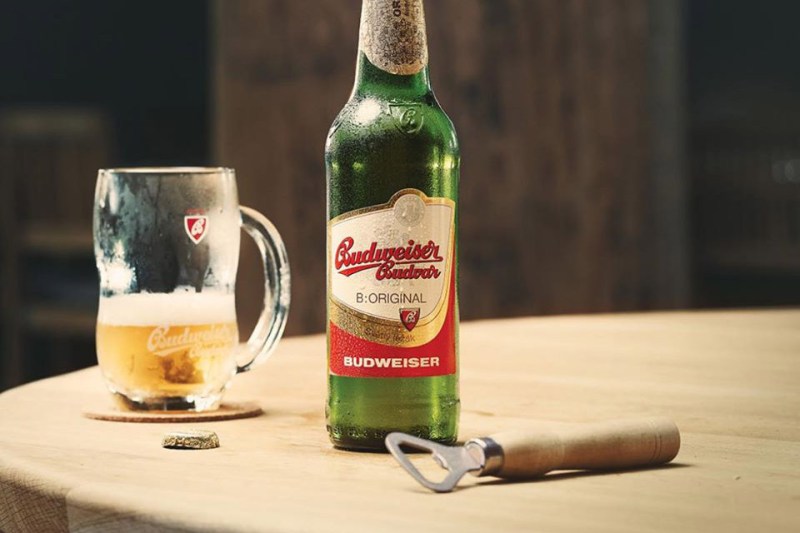A brewery in the Czech Republic has been at war with Budweiser for generations, although you probably haven’t noticed.
The Budweiser Budvar Brewery in the lager-centric region of Bohemia presents a few obvious issues. First, the name, which InBev (and previously Anheuser-Busch and others) have rallied against to protect their similarly-named American brand. Then, the brand itself, which bears a striking similarity to the Bud we know here, from color scheme and design to slogans (Budvar was once dubbed “the beer of kings”). It may not have the majestic Clydesdales or annoying frogs, but there is a certain likeness.

The two labels have spent a good chunk of the last century fighting each other in court, primarily for trademark issues. Budweiser has worked very hard and spent a lot of dough to make the brand’s average-at-best work a household name, no matter where that house resides. Meanwhile, its European namesake in the Czech Republic has grown to become the country’s fourth-largest producer, despite all the legal fees and obstacles. But like the Budvar pale lager itself, the story is more complex.
Such battles have led Budvar to rebrand its flagship beer as Czechvar in certain markets, including the United States. It’s hard not to side with the Old World brewery, given that it’s really just trying to honor tradition and geography. They’ve been brewing in that part of the word since the 13th century, by the way, adhering to purity laws en route. Bud, by comparison, is a large company looking after its turf. It’s already gobbled up some serious players in the craft realm (including this most-recent development) and generally stops at nothing because it can afford not to.

By now, you’re aware of the regionality tied to European booze. It’s the reason we call some of their favorite exports names like Burgundy, Champagne, Rioja, and Madeira. Budvar was born in the same tradition, a brewery in the town of Budweis (České Budějovice, in the native tongue). Just as a lager from Pilsen is called a Pilsner, well, one from Budweis should probably be called a Budweiser. Seems fair.
But there are some similarities, too. While the brewing tradition overseas is much more ingrained, the two brands as we know them launched around the same time. Bud came about in 1876 while the state-owned Budvar brand started in 1895. The former is significantly larger but both rely heavily on exports, which is why they’ve been feuding since 1906. In some places, like Britain, the two names sometimes share the same retailer and the same time, meaning it’s up to the customer to decide.

Rights to a name are important, sure, but all you have to do is taste the two iconic beers side-by-side to see where the royalty really lies. The American version is mostly flavorless, with about as much personality as its faded straw color suggests. The Czech beer is fuller, with more a pronounced body and a nice amber hue. It’s not a particularly great beer, but it more than demonstrates Bavarian mastery of the lager.
Anheuser-Busch may have been the first of the two brands, technically. But if we’re really to honor history and terroir, I think we ought to start calling American Bud “St. Louis-er.”


